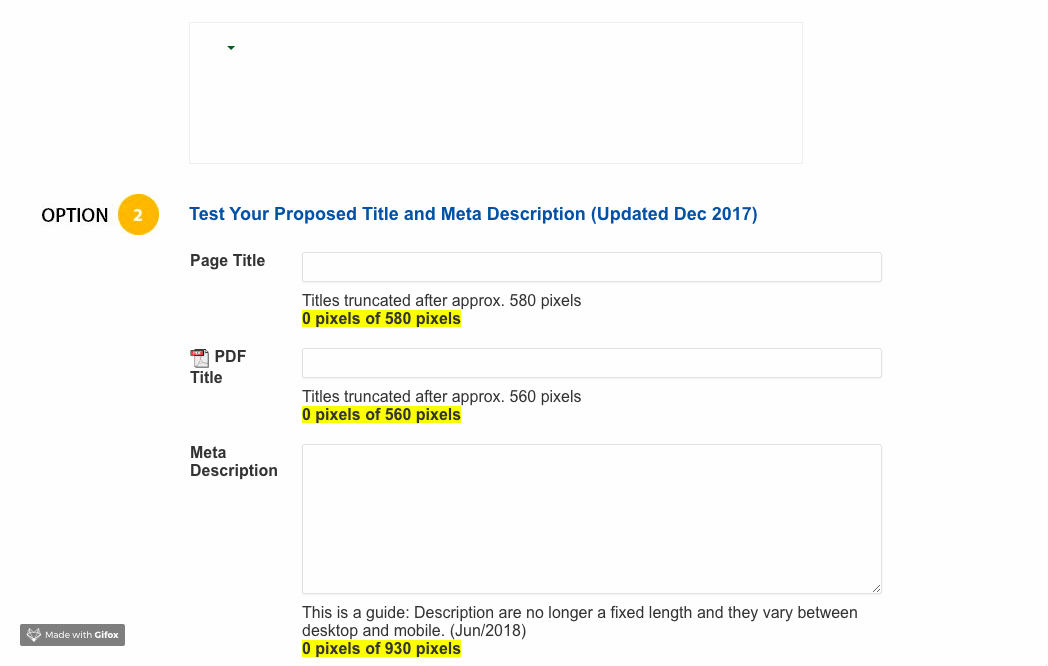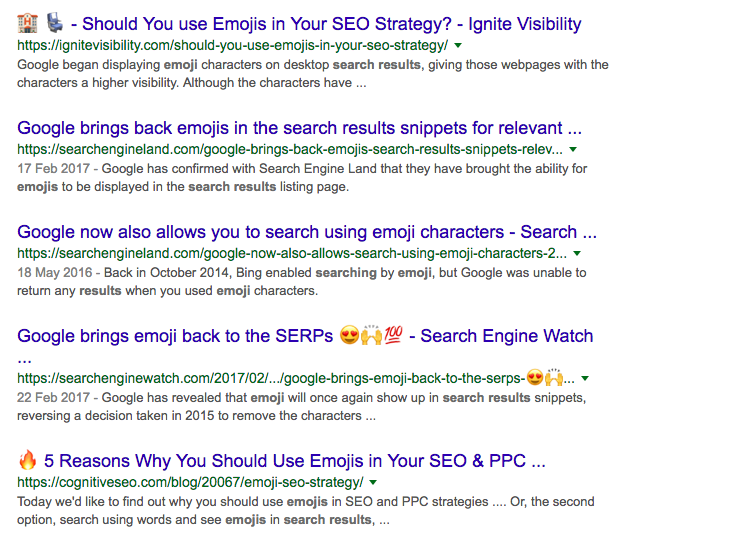This is a question I hear a lot from clients and those new to SEO. The simple answer is that you don’t write meta titles and descriptions for SEO, you write them for people. In many cases, your meta title and description is the first encounter a visitor has with your website and brand. You have a small window of opportunity to stand out, are you really going to waste it?
People use search engines to find answers to their questions and to feed their curiosity. If you can entice them to click through then you’ve made it over the first hurdle. But you will never achieve this if your meta titles and descriptions are written purely for the search bots.
Here are my top tips for writing meta descriptions…
Choose your keywords wisely
Before you write a single meta description, think about what your audience expects to find when they search for that term. Relevance is key to SEO in 2019. Chasing after keywords that have high search volumes and low competition just because you want more traffic heading to your website won’t help. For example, it would be pointless for my website to rank for “PPC Consultant” because I don’t offer this service. Even if it falls under digital marketing, if a user landed on my site and discovers I don’t offer this service, they’re going straight back to the SERP.
Meet expectations
Users have come to expect that meta titles and descriptions will look a certain way, even if they don’t fully understand what is happening. You should always include your company name in your meta title as this helps to guide the user and search engine crawlers. The title and description should also fit the recommended character count, or better, the pixel width. I prefer using the pixel width as it is a more accurate measure of how much space you have in the SERP. I use this tool from To The Web to help me preview my meta titles and descriptions.

Include keywords
My method for creating meta descriptions for pages is to include 2-3 keywords, separated by a pipe | and then followed by the company name. For blog posts, I would edit the blog post title down to SERP-friendly length. This method works for me, but I’ve seen this done in many different ways. In some cases, it makes more sense to include a sentence or a tagline. For example, on your home page, you might want to cater to the branded searches you get every month and be more descriptive. ASOS is one company that does this very well.

Don’t forget navigation
Meta titles aren’t just useful for search, they are also used for navigation. Usually, the first few words are visible in the navigation bar at the top of your browser. You need to ensure that the first few words will make sense to the user and help them to understand where they are on the site. If they have multiple tabs open (guilty) then a bizarre keyword-stuffed meta title that has nothing to do with the page is not going to help them.
![]()
Check your competition
Before committing to a meta title, think about what your competitors are doing. Search for the terms you are targetting and try to think like a customer.
- What stands out to you?
- Are your competitors using structured data for rich snippets?
- Do they include CTAs?
- Do they include emoji?

You don’t have to do exactly the same, but try to think about what your competitors aren’t saying in the SERP and fill this gap.



